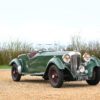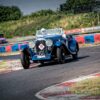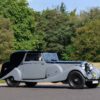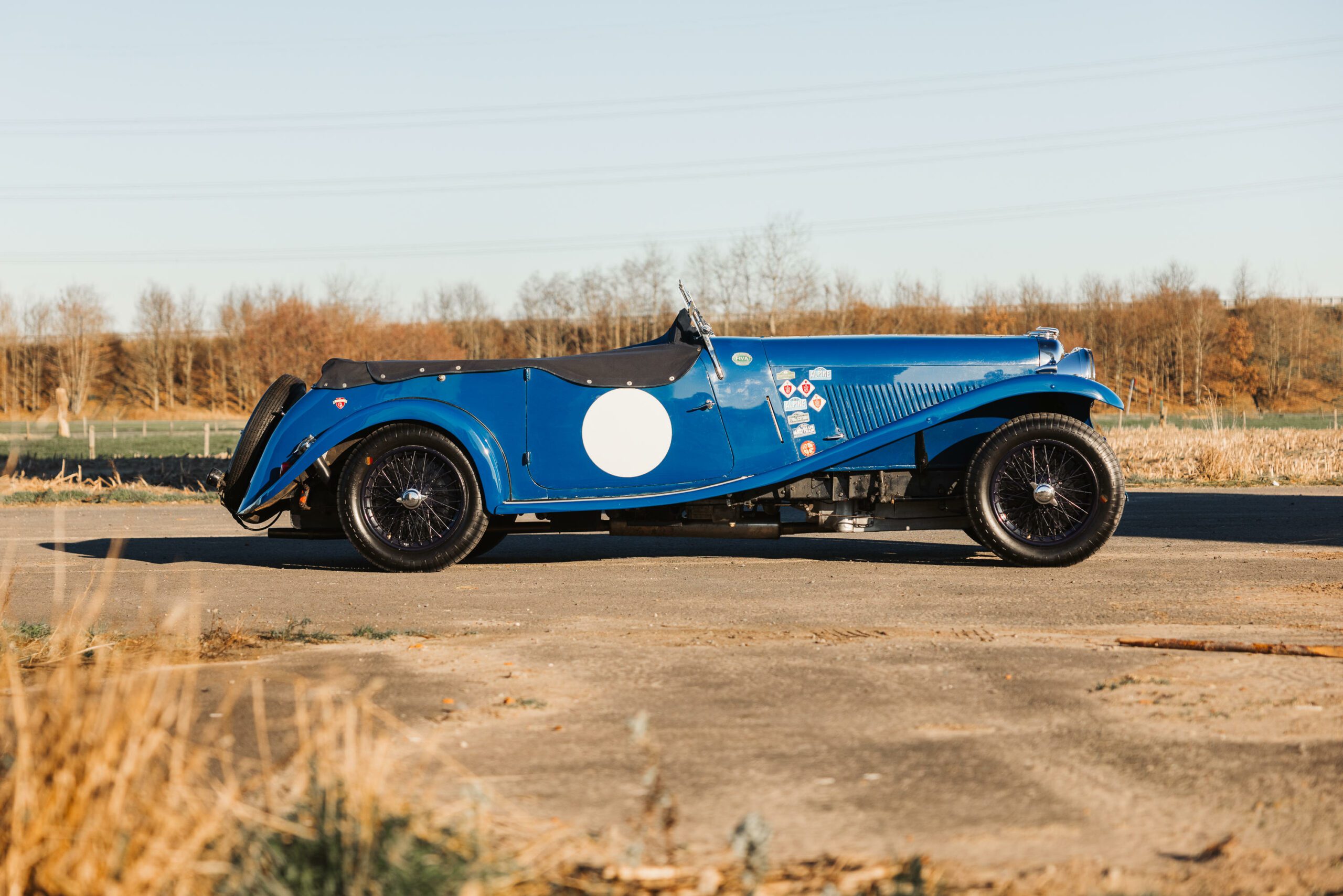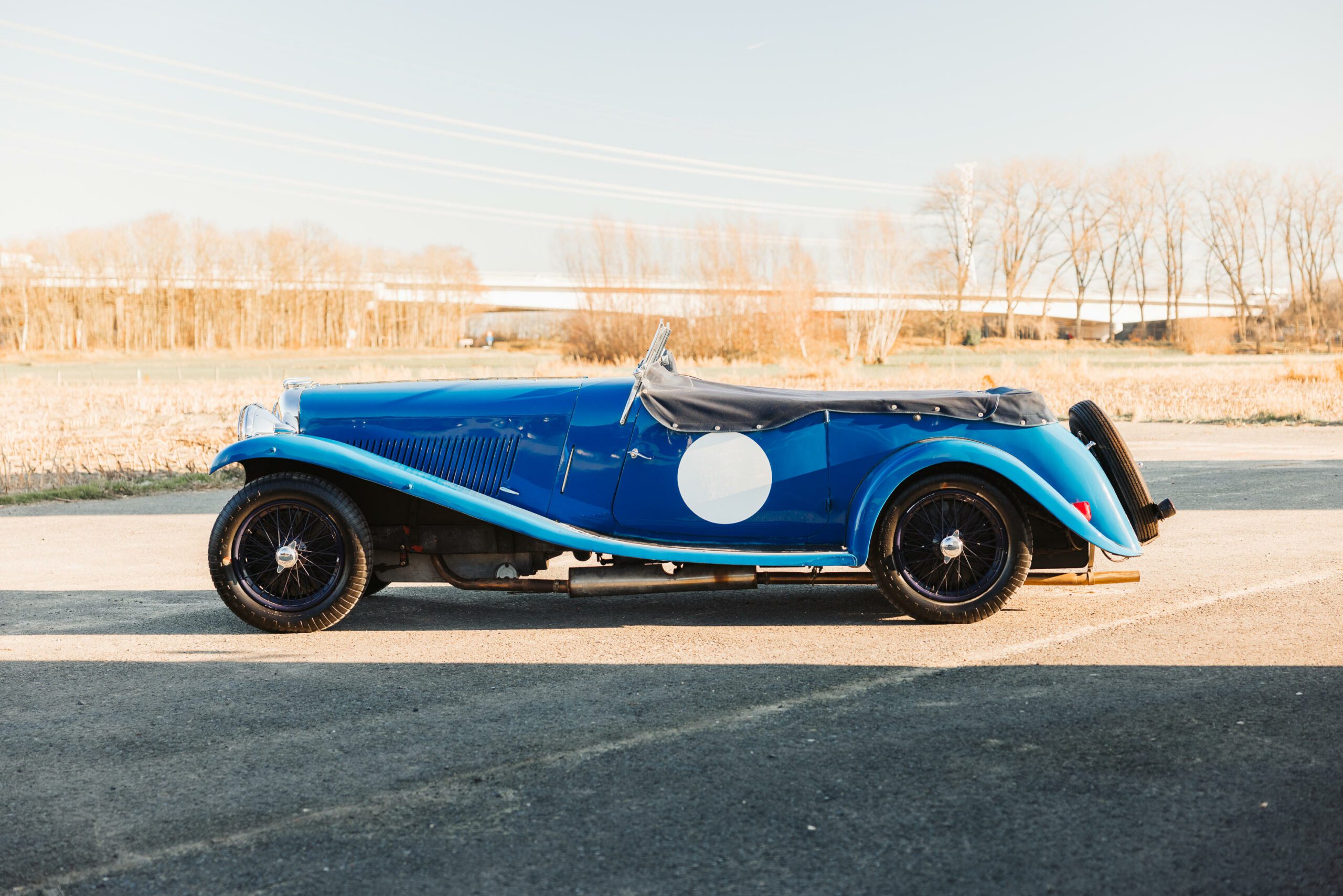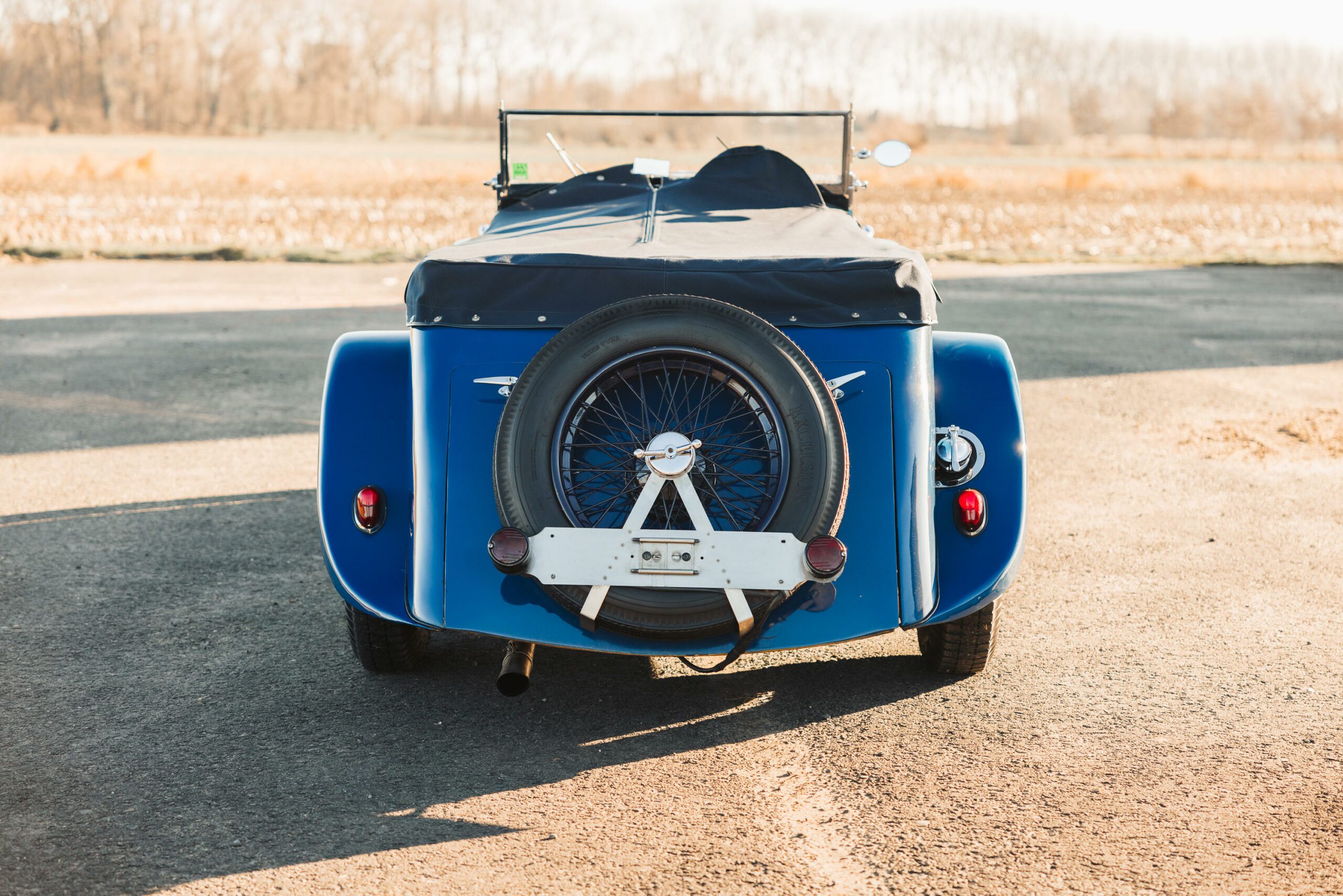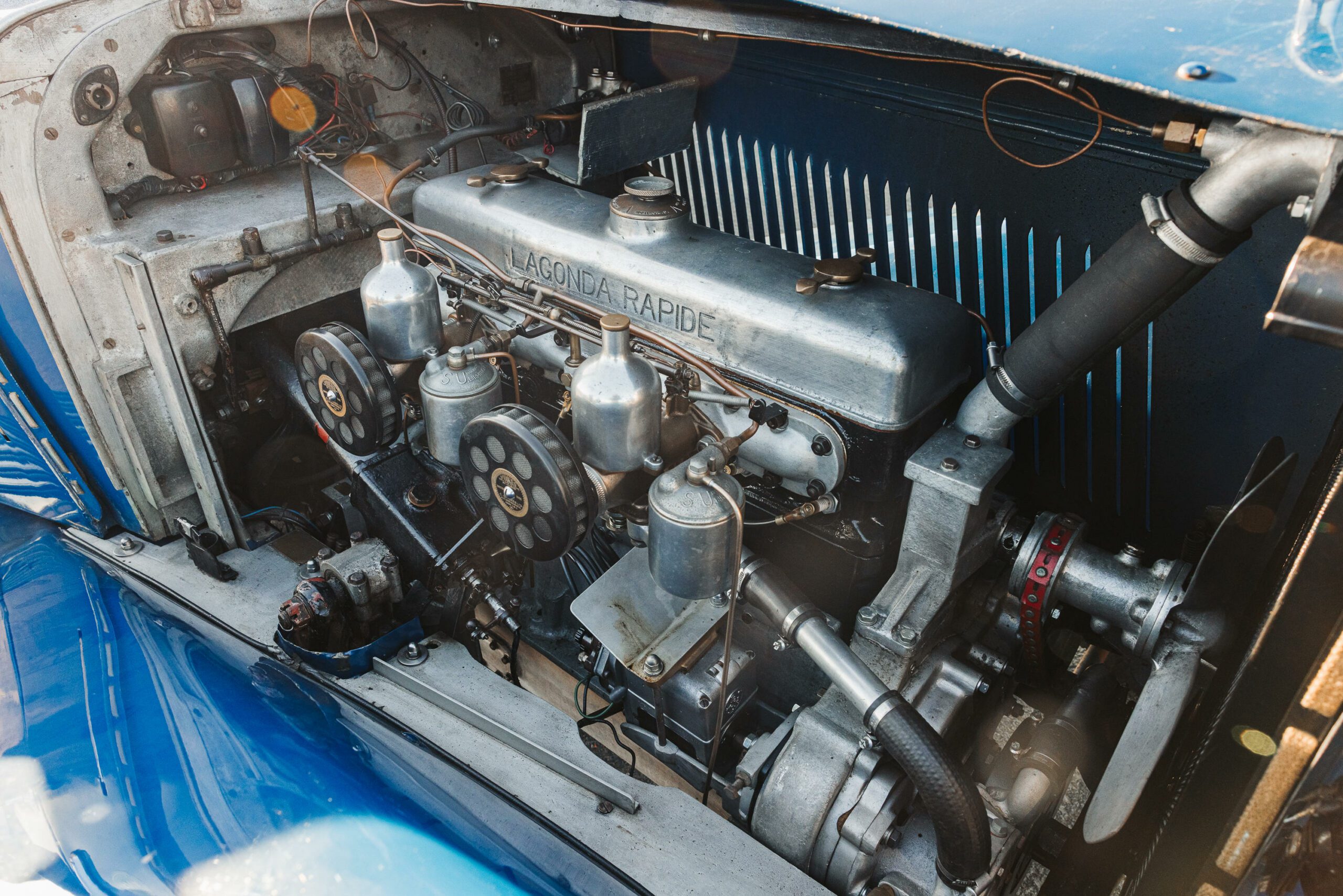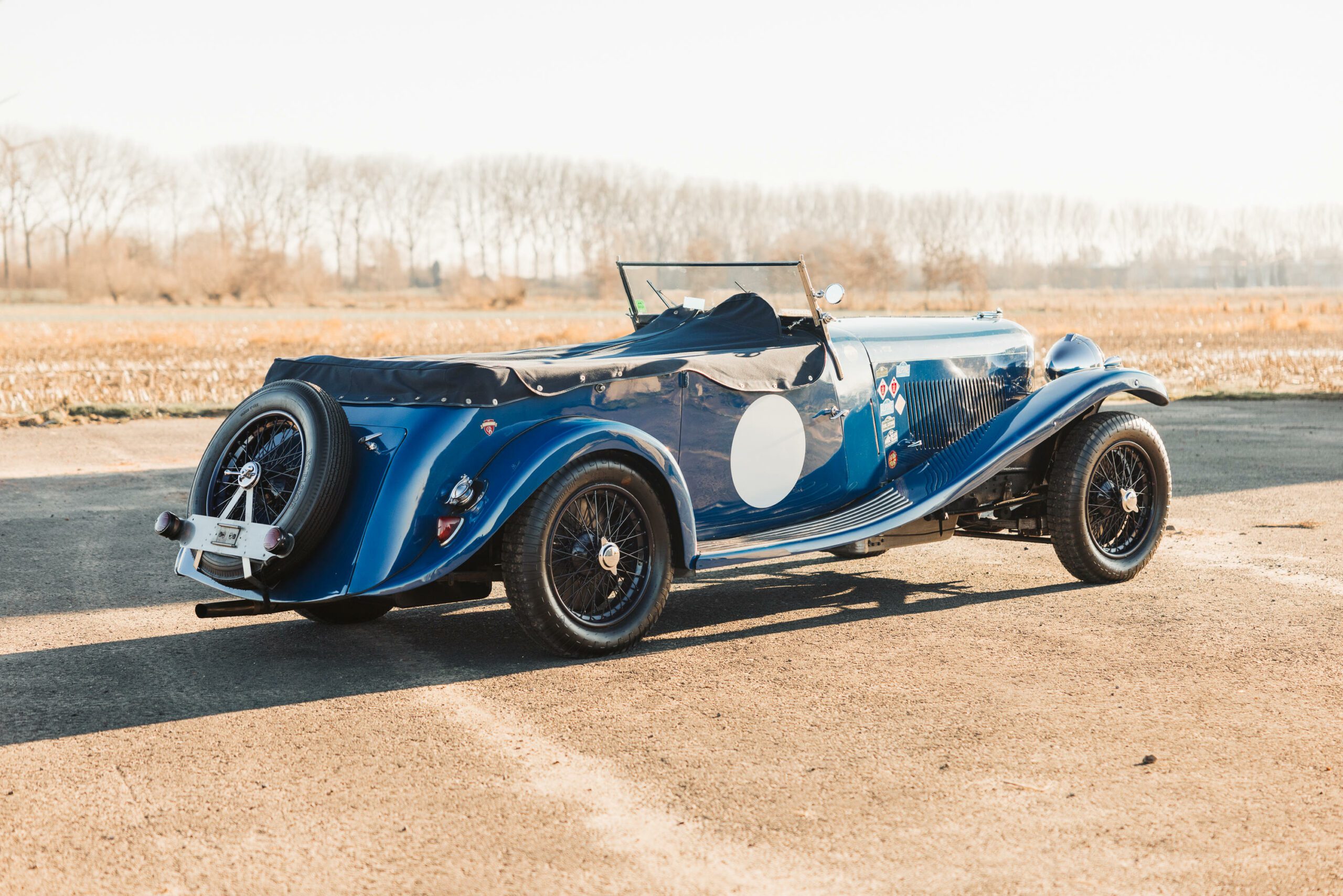In 1906, the inception of the Lagonda car company took place in Staines, Middlesex, courtesy of American entrepreneur Wilbur Gunn (1859-1920). The company derived its name from a river near Gunn’s hometown of Springfield, Ohio. Initially, Gunn had delved into motorcycle manufacturing in the garden of his Staines residence, achieving notable success, including a victory in the 1905 London to Edinburgh Trial.
In 1907, Lagonda transitioned to automobile production, and by 1910, it earned acclaim by triumphing in the Moscow to St Petersburg Trial with a 16/18hp model. After establishing itself, Lagonda focused on crafting light cars until the mid-1920s, when it returned to producing high-performance and luxurious models, exemplified by the introduction of the 14/60.
The 14/60, a four-cylinder, 2.0-litre model, marked Lagonda’s shift to sporting and luxury vehicles. In 1929, the company expanded its repertoire with the introduction of its first six-cylinder model, the 3-Litre. However, as the mid-1930s approached, the spotlight shifted to Meadows-engined cars as the preferred direction for Lagonda.
Unveiled at the 1933 Olympia Show and based on the earlier ZM 3-Litre model, the M45 showcased Meadows’ 4½-litre, twin-plug six-cylinder engine. This powerful configuration allowed Lagonda’s saloons to achieve speeds of up to 90mph, while tourers could hit ‘the ton’ under favorable conditions. The M45 model demonstrated Lagonda’s commitment to performance and innovation during this era.
Source: Bonhams


